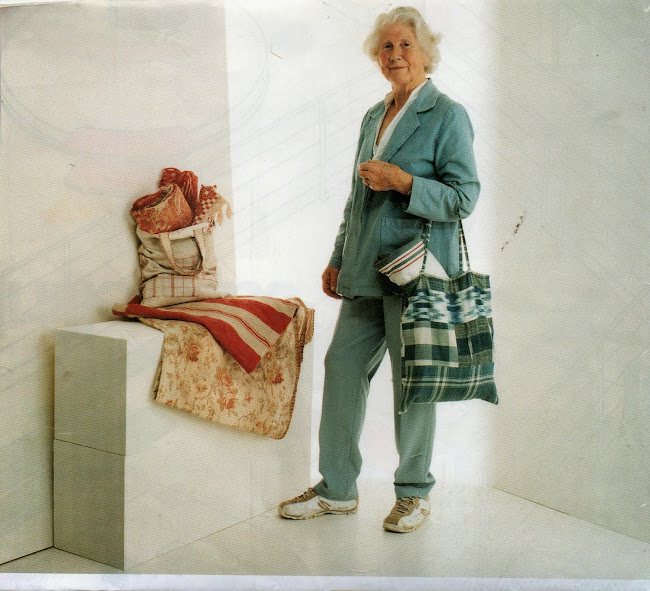Tuesday 22 January 2013
AS EASY AS A.B.C.
This set of decorative lettering comes, of course, from France. Initials and the marking of linen lingerie and all textile objects, including grain sacks and farm cloths, was a real passion and tradition for French families and the Ladies Magazines which came out monthly or so, often provided a new and different style for every issue, usually on the back page. These must have been copied and enlarged by thousands of clever needlewomen and accounts for all the elaborate trusseaux worked so diligently by the women of each family. It is often a very useful guide to the age and use of the article - the earliest are often done in really minute cross stitch and can be quite small (napkins, hankies, underwear) but later they become more showy with flowers, leaves and scrolls added to make elaborate designs, cherries and vines were often part of the design. The peasants stuck to good plain Roman lettering just in the corner and this was no doubt so they could identify their own property when the linen was washed in the public lavoirs of every town and village, and stealing was not unknown. The finest and best designed were used on sheets and pillow cases and formal table napkins, circa 1900 when the nuns vied with other convents to get the business of providing the dowries for the rich bourgeoisie. Later on the work was often done in satin stitch with a glossy thread and elaborate curls and queues and the initials were very stylised with angles, large curves and polka dots and often framed in Art Deco style semi-circles, very hard-wearing but not so elegant. I have a theory as to why these initials were so very important for the French bride and I might put this forward, just as a non-expert! Next time!
Subscribe to:
Post Comments (Atom)



No comments:
Post a Comment